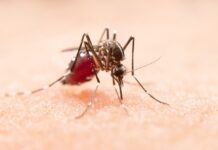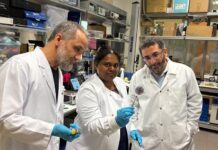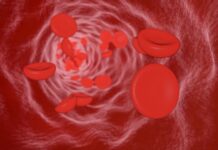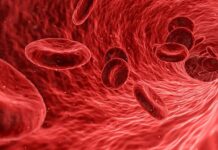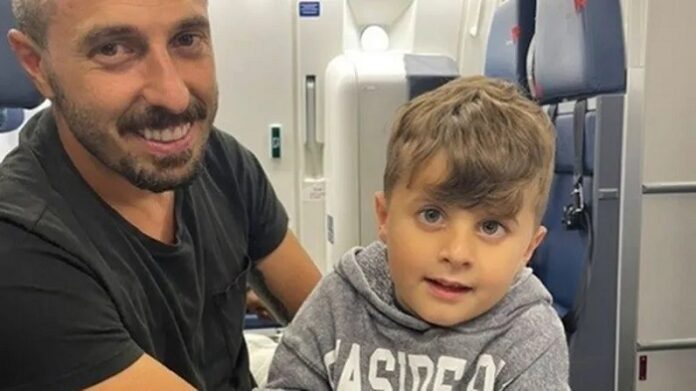Breakthrough in Treating Childhood Blindness
An experimental gene therapy trial has helped four toddlers, born with one of the most severe forms of childhood blindness, achieve significant vision improvements. Doctors at Moorfields Eye Hospital in London report that the treatment has been life-changing for these children, who were previously registered as legally blind.
A Race Against Time
The rare genetic condition caused their vision to deteriorate rapidly from birth. Before the therapy, they could only distinguish between light and dark. Following the infusion of healthy gene copies, parents observed remarkable improvements. Some children have even started drawing and writing.
Innovative Gene Therapy Approach
The therapy builds on earlier successes in treating genetic blindness. It involves injecting healthy copies of the defective gene into the back of a child’s eye at an early age. This method has been available for another form of genetic blindness through the NHS since 2020.
Jace’s Journey to Sight
Jace, a toddler from Connecticut, USA, underwent gene therapy in London shortly after turning two. His parents noticed early signs of vision impairment, as he failed to make eye contact or smile at eight weeks old. After a 10-month search for answers, doctors diagnosed him with an ultra-rare genetic mutation in the AIPL1 gene, for which no established treatment existed.
A Life-Changing Treatment
By chance, Jace’s family learned about the experimental trial in London and decided to participate. Surgeons performed a minimally invasive keyhole procedure, injecting healthy genes into his retina. These genes, carried by a harmless virus, replaced the defective ones, allowing retinal cells to function better and survive longer.
Remarkable Progress
As reported by bbc, within a month, Jace reacted to sunlight for the first time, squinting in bright light. His parents witnessed a dramatic transformation—he began tracking objects, picking up toys, and exploring the world with his newfound vision. Although he may require further treatment, the improvements have already enhanced his quality of life.
Compassionate Use of Experimental Therapy
The four children in the trial, from the United States, Turkey, and Tunisia, were all diagnosed with an aggressive form of Leber Congenital Amaurosis. This genetic disorder causes rapid degeneration of the light and color-distinguishing cells at the back of the eye. Scientists at University College London developed the groundbreaking procedure, while specialists at Great Ormond Street Hospital administered the treatment.
Hope for the Future
The medical team will continue monitoring the children to determine the longevity of the therapy’s effects. Their findings suggest that early intervention in genetic eye conditions could offer the greatest benefits, ultimately revolutionizing the treatment of childhood blindness.




